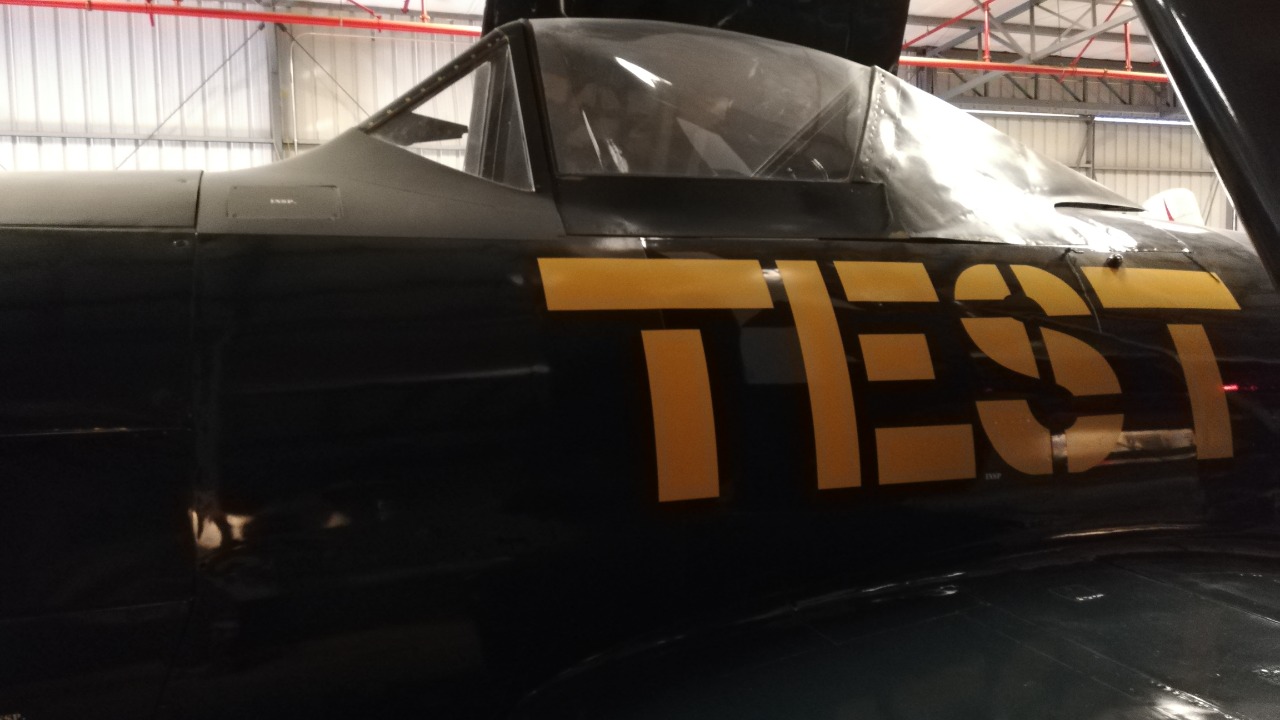
During World War II, the landscape of aerial combat underwent a significant transformation with the development of groundbreaking aircraft. Among these, a particular fighter stood out for its innovative design and technology, which later laid the foundation for the evolution of jet-powered aircraft.
The aircraft in question was the Messerschmitt Me 262, a revolutionary design that bridged the gap between propeller-driven planes and the jets of the future.
The Evolution of Military Aviation
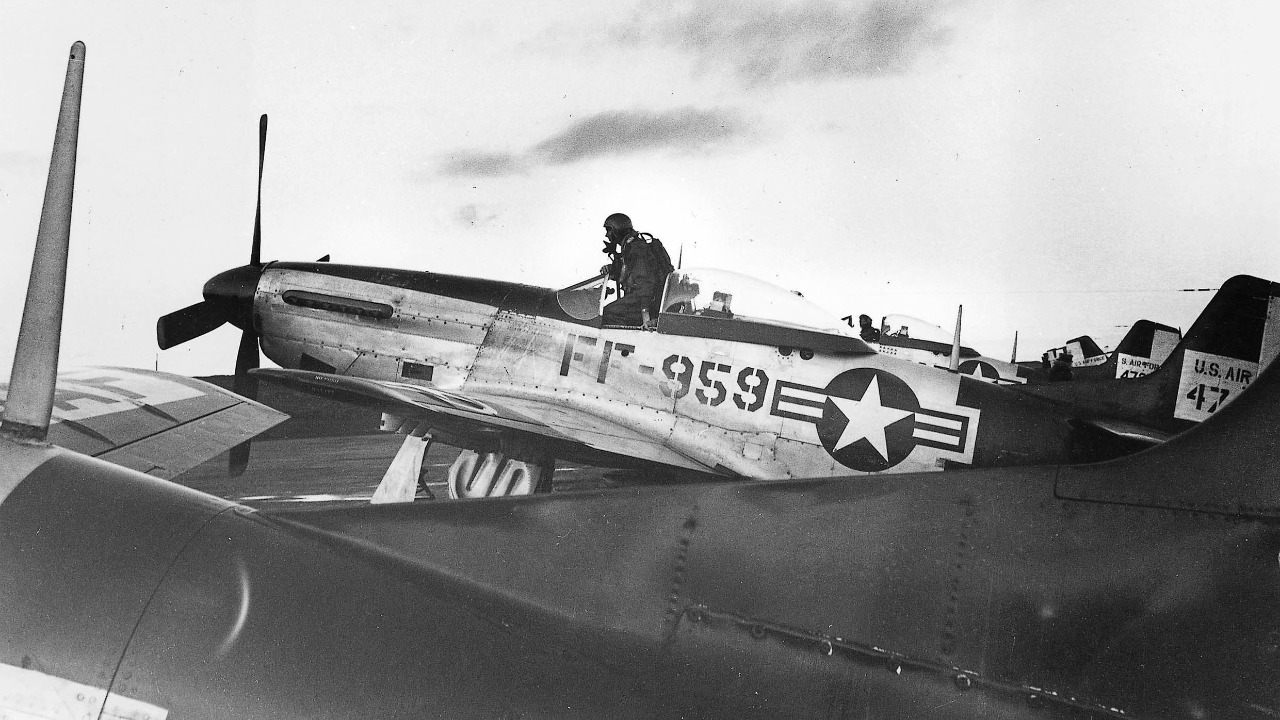
The role of fighter aircraft during World War II was crucial in achieving air superiority. Fighters were not only tasked with engaging enemy aircraft but also with escorting bombers, ground attack missions, and reconnaissance. Their importance was underscored by rapid technological advancements during the war, which pushed the boundaries of speed, maneuverability, and armament.
Technological advancements during this period were nothing short of remarkable. Innovations in materials, engine design, and aerodynamics set new benchmarks for aircraft capabilities. The transition from piston engines to jet propulsion was a pivotal moment in aviation history. However, it was not without its challenges, as engineers grappled with issues such as high-speed aerodynamics and engine reliability. These breakthroughs ultimately laid the groundwork for the development of jet engines, paving the way for a new era in military aviation.
The Messerschmitt Me 262: A Revolutionary Design
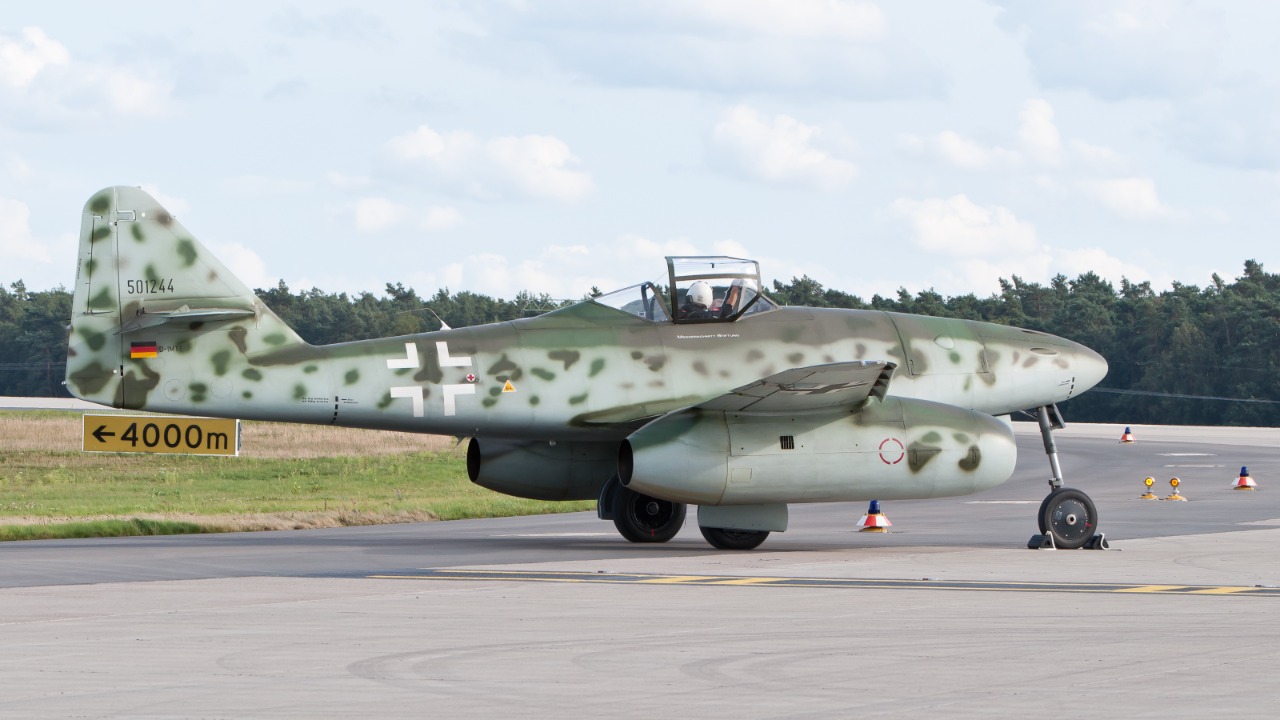
The Messerschmitt Me 262 was a remarkable leap forward in aircraft design. Introduced in 1944, its sleek lines and revolutionary jet engines made it a formidable opponent in the skies. Capable of reaching speeds of up to 540 mph, it outpaced any Allied aircraft of the time, making it a game-changer in aerial combat. Its performance specifications included a service ceiling of 37,000 feet and a combat range of 650 miles, which were impressive for its era.
The Me 262 had a significant impact on Allied forces, not just in terms of its combat effectiveness, but also its psychological impact. The sight of this jet-powered aircraft streaking across the sky was a stark reminder of the technological gap that the Allies needed to bridge. The engineering innovations of the Me 262, such as its use of swept-wing design and jet engines, were groundbreaking and would go on to influence post-war aviation significantly.
Global Influence and Legacy
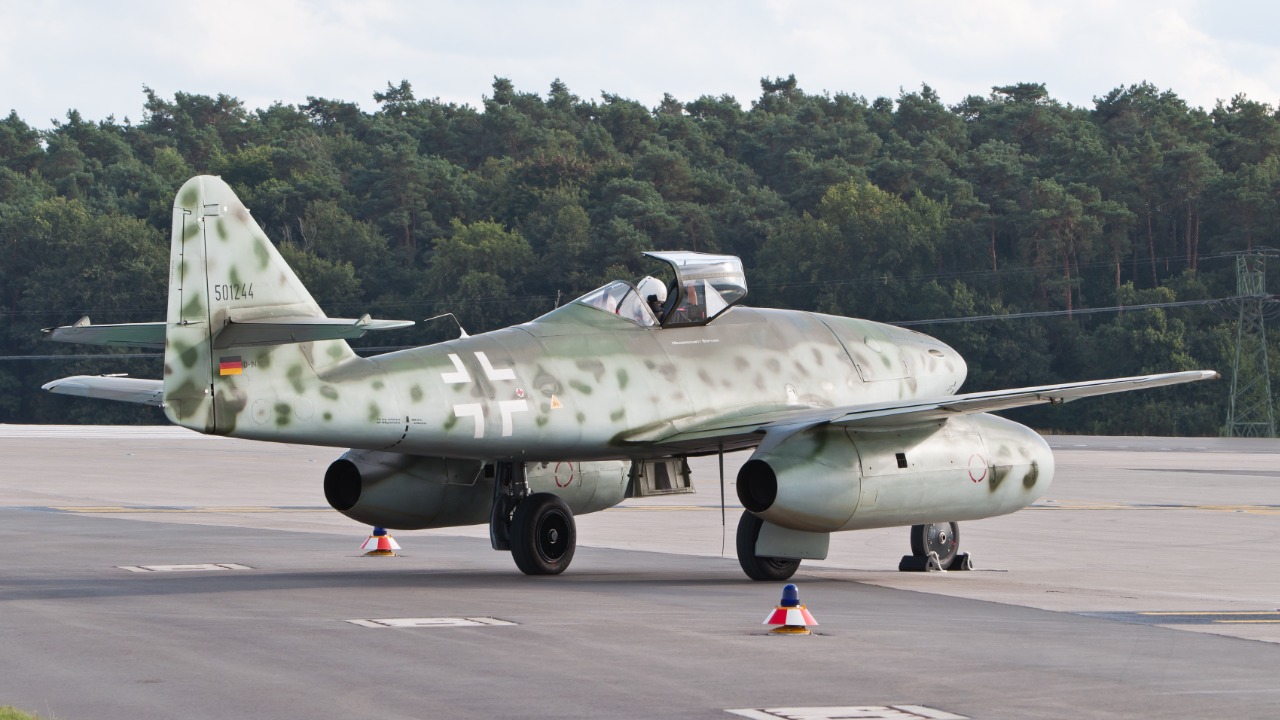
Post-war analysis of the Me 262 captivated the attention of Allied engineers. The lessons learned from its design were instrumental in shaping future jet aircraft. The influence of the Me 262 can be seen in subsequent jet designs, which adopted its swept-wing configuration and turbojet engines, setting new standards in aerodynamics and propulsion.
In a comparative analysis with Allied aircraft, the Me 262’s capabilities were unmatched at the time. While the Allies had advanced fighters like the P-51 Mustang and the Spitfire, none could match the speed and power of the Me 262. The legacy of the Me 262 in modern aviation is unmistakable. Its technological lineage can be traced to contemporary jet aircraft, which continue to build upon the innovations pioneered during World War II.
Challenges and Controversies
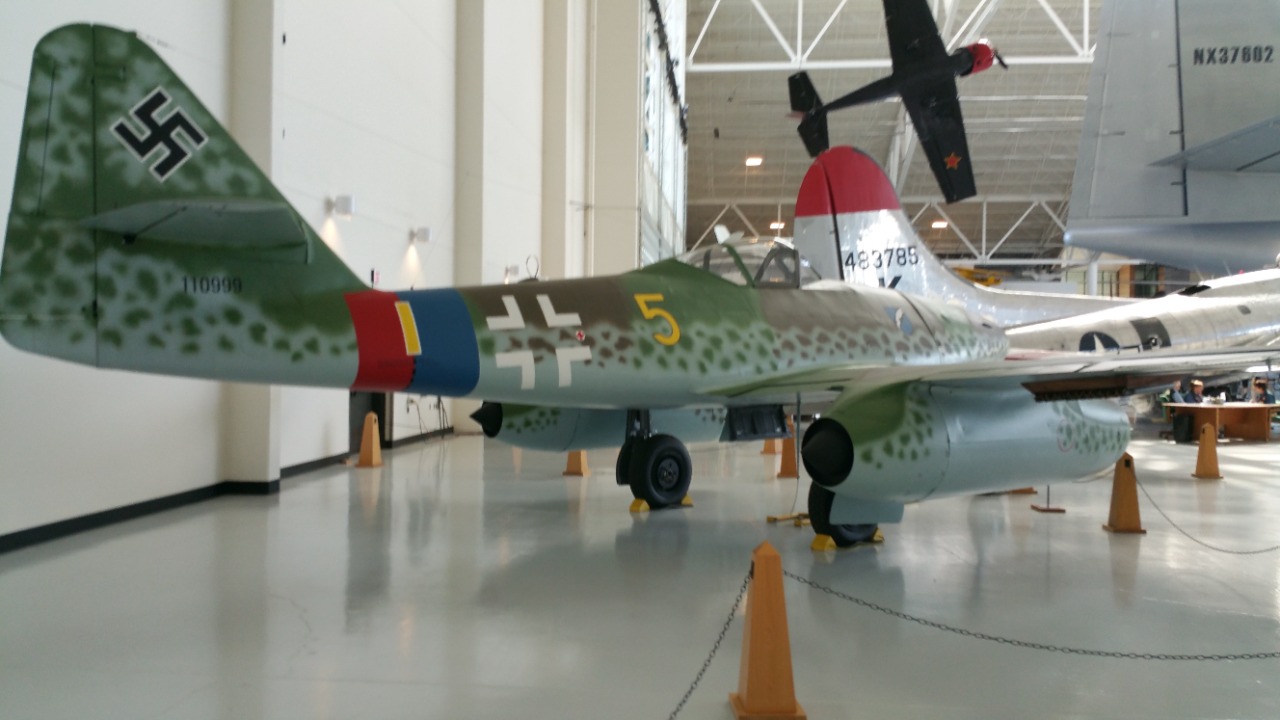
Despite its groundbreaking design, the Me 262 faced numerous production and operational challenges. The complexities of manufacturing such an advanced aircraft during wartime, coupled with resource shortages, meant that production was limited. Operational deployment was further hindered by strategic debates within the German military about its role and potential impact on the war’s outcome.
The controversies surrounding the Me 262’s deployment were emblematic of the broader ethical considerations of technological advancements in warfare. The relentless pursuit of technological superiority raised questions about the moral implications of such advancements. As much as the Me 262 represented a leap forward, it also served as a reminder of the responsibilities that come with technological power.
The Corsair Fighter-Bomber: An American Perspective
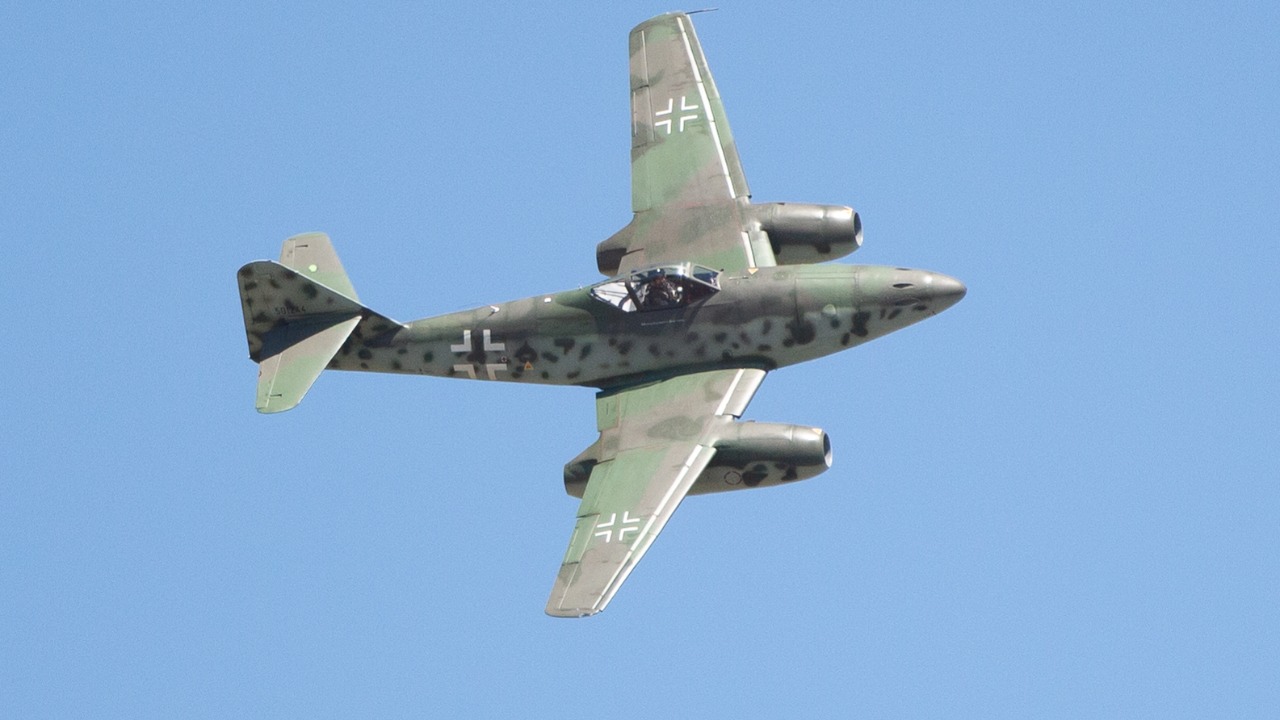
While the Me 262 captured attention in Europe, the Corsair fighter-bomber was making waves in the Pacific theater. Known for its distinctive gull-wing design, the Corsair was a formidable aircraft in its own right. It played a crucial role in the Pacific, providing close air support and engaging enemy fighters with impressive agility and firepower.
The Corsair’s contributions to post-war aviation were significant. Its design innovations, particularly in engine power and aerodynamics, influenced subsequent aircraft development. While different in many respects, the Corsair and the Me 262 both contributed to the jet age, demonstrating the global nature of technological advancement during and after World War II.
The Path Forward: From Pioneers to Jets
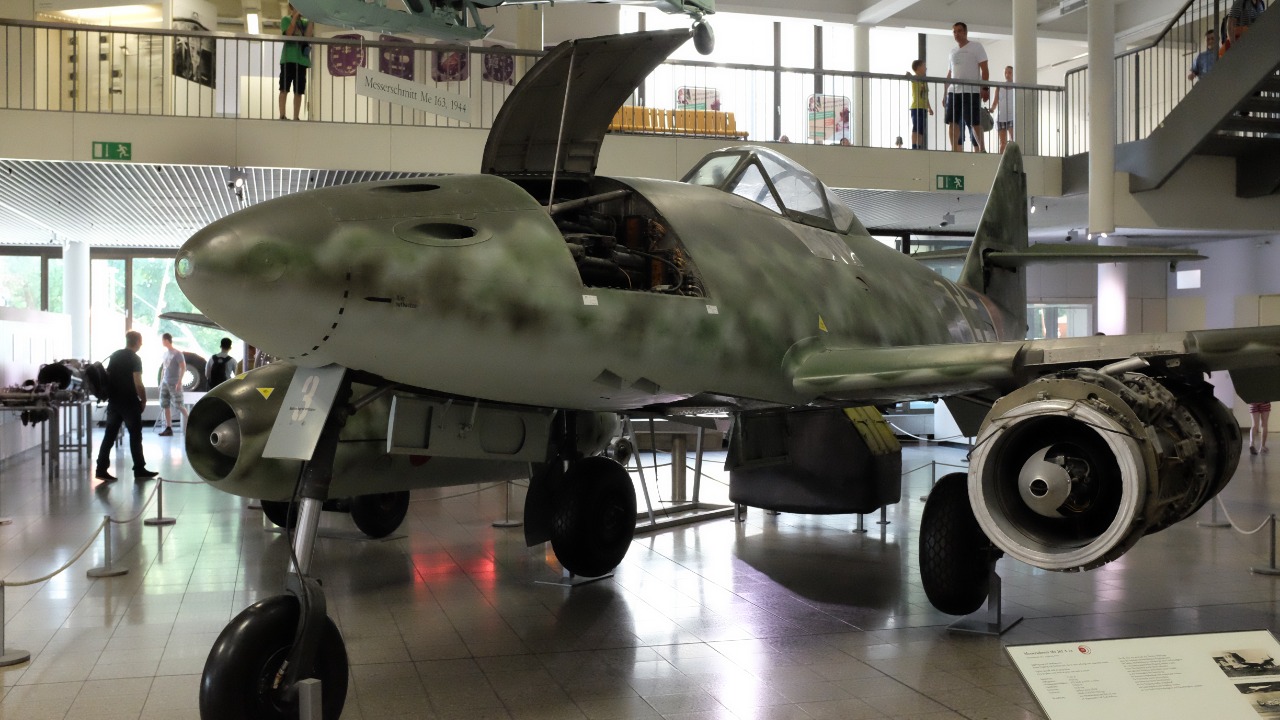
The lessons learned from World War II aviation are numerous, with key takeaways including the importance of innovation, adaptability, and international collaboration. Post-war cooperation, particularly between former adversaries, accelerated the development of jet technology, leading to rapid advancements in military aviation.
The future of fighter aircraft continues to be shaped by historical innovations. As we look to the horizon, the evolution of military aviation promises to build upon the pioneering efforts of aircraft like the Me 262 and the Corsair, ensuring that the skies remain a dynamic and ever-evolving domain.